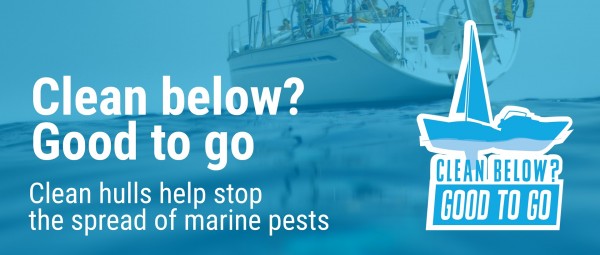Why marine pests are a problem
Marine pests can out-compete native species for food and space, impacting and threatening marine ecosystems and biodiversity.
Fouling caused by invasive pests can weigh down hulls and become problematic for both marine structures and native habits.
Boat hulls and bilge waters are just some of the pathways invasive species can travel between regions.
Marine pests are a real threat to the coastlines we love. Stopping them arriving is a big ask, but we can work together to limit their spread.
Marine pest rule for Gisborne district
All vessels entering Gisborne district waters must be sufficiently cleaned and antifouled so that they have no more than a slime layer on the hull.
Rule 1.04 of Gisborne District Council's Regional Pest Management Plan
This rule is strictly enforced and we may request your antifouling documentation.
To avoid any hold ups, or being turned away it's best to provide your antifouling certification before you arrive.
You can email this to our Gisborne harbourmaster or phone MPI on 0800 80 99 66.
Target pest species
These organisms are classified in our pest management programmes in our district's Regional Pest Management Plan.
- Clubbed Tunicate (Styela Clavia)
- Mediterranean Fanworm (Sabella Spallanzannii)
- Undaria (Undaria Pinnatifida)
Refer to our Pest & Weed Control Hub for information
Think you've found something?
If you suspect you may have found a pest hitching a ride, please tell us.
It's important you don't attempt to remove it, just record where you've found it and take a photo if you can.
Contact us to report it and talk to our biosecurity team.
What we're doing
Our biosecurity team routinely survey the marina with a team of experienced biosecurity divers, but we can’t do it alone.
Our region's supported by other councils, together forming the 'Top of the North Marine Biosecurity Partnership'.
We also rely on you, the boaties, industry and beach loving locals to get involved.
